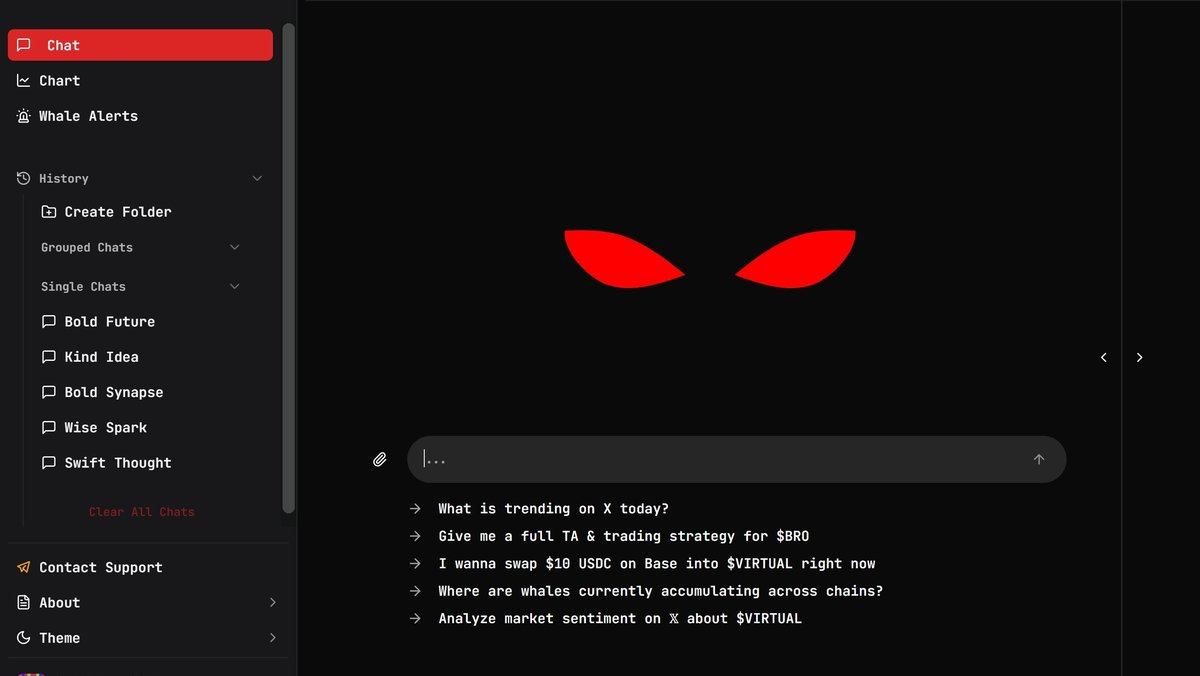Gemini’s first month as a public company draws 11 Wall Street initiations, a Buy/Neutral split tilted positive, and price targets implying ~25% upside—amid profitability questions and an intensifying race with Coinbase and Robinhood
Pour a cup of coffee—traditional finance is paying attention again. With Gemini’s listing on the Nasdaq, a wave of institutional eyes has turned back to crypto equities. Analysts are rolling out first-look models, buy-side desks are kicking the tires on growth metrics, and speculation is returning about where digital assets fit inside mainstream portfolios. It feels like something larger may be taking shape beneath the usual day-to-day noise.
Analyst Coverage Snapshot: Upbeat, but Not Unqualified
Within weeks of the debut, eleven major banks and research shops initiated on Gemini (ticker: GEMI). According to early tallies cited by industry observers, the scorecard breaks down into six Buys and five Holds, with price targets spanning $25 to $42. The midpoint implies roughly 25% upside from recent trading levels—an unusual show of confidence for a newly listed crypto exchange in a market still wrestling with cyclical volumes.
That optimism comes with caveats. One widely circulated note from KBW, relayed by VanEck’s Digital Assets head Matthew Sigel, argues that while Gemini’s top-line runway looks stronger than peers, the company could remain largely unprofitable through the forecast horizon. The takeaway: investors are paying for growth and resilience, but the margin story must catch up.
What’s Driving the Bull Case
- Multi-line business mix: Beyond spot trading, Gemini leans into custody, derivatives, and compliance-centric services—diversifying revenue and reducing reliance on retail turnover.
- User and asset scale: More than 523,000 monthly active users across 60+ countries and about $18B in assets signal a platform with global reach.
- Liquidity reinforcement: A recently inked credit facility with Ripple bolsters balance-sheet flexibility and market-making capacity around peak activity.
IPO Details and Why They Matter
Gemini raised approximately $425 million at a $3.3 billion valuation, re-opening the window for crypto listings that had been mostly shut since 2021. The timing matters: institutional risk budgets are loosening, and there’s a renewed appetite for operating leverage tied to digital-asset adoption rather than pure token exposure. For context, Coinbase’s 2021 direct listing was the last marquee exchange debut; IPO investors there only recently returned to the black, a reminder of how long sentiment cycles can take to repair.
How Gemini Differentiates in a Crowded Lane
While comparisons with Coinbase (COIN) and Robinhood (HOOD) are inevitable, analysts highlight a few contrasts. Gemini’s go-to-market puts more emphasis on institutional-grade custody, regulator-friendly tooling, and a policy-forward posture—factors that can resonate with asset managers and fintech partners. Meanwhile, the arrival of large-scale Bitcoin vehicles such as BlackRock’s trust (often cited in coverage alongside GEMI) keeps attention on exchange adjacencies: on-ramps, liquidity, and the compliance stack that surrounds them.
Valuation vs. Profitability: The Tension to Watch
Consensus models nod to expanding revenue lines but debate the slope of operating margin improvement. Bears point to heavy fixed costs—security, engineering, compliance—that don’t fall quickly. Bulls counter that as volumes normalize and higher-margin products scale, unit economics should inflect. The truth likely sits in execution: disciplined expense control, faster product cycles, and proof that derivatives and prime services can carry more of the mix.
Macro Winds: Institutions Tiptoe Back
The backdrop is turning friendlier. Recent research cited by US-focused crypto outlets notes that Deutsche Bank economists see a credible path for Bitcoin to appear on central bank balance sheets by 2030—a statement unthinkable a few years ago. The rationale: growing legal clarity, deeper liquidity, and declining realized volatility. In parallel, S&P Global just rolled out a Digital Market 50 benchmark that blends top cryptocurrencies with a basket of crypto-exposed equities, another sign of mainstream indexation catching up to investor demand.
Post-IPO Playbook: What Smart Money Is Tracking
- Take-rate durability: Can Gemini defend pricing as competition intensifies, especially in U.S. regulated derivatives?
- Institutional net flows: Signs that custodial assets and prime balances are compounding, not just oscillating with token prices.
- Regulatory endpoints: Any movement on innovation-friendly exemptions or sandbox frameworks that de-risk product launches for compliant venues.
- Partnership velocity: Payments, fintech, and wealth channels that pull new users in at lower acquisition cost.
Risks and Skeptic Notes
- Profit path uncertainty: If opex outpaces revenue diversification, the stock could trade at a discount to peers with clearer margin visibility.
- Market beta: Crypto equity baskets remain sensitive to token drawdowns and shifts in retail participation.
- Policy surprises: Headline risk—enforcement, listing standards, or cross-border rules—can reprice multiples quickly.
The Bigger Picture: Public Markets as the Next Crypto Growth Engine
Three threads are converging: (1) Gemini earning cautiously positive coverage, (2) the idea of Bitcoin-as-reserve entering serious research notes, and (3) Wall Street re-engaging via indices and fresh listings. Put together, they suggest the next phase of crypto expansion may play out as much on the equity tape as it does on-chain. For investors, that means paying attention to capital formation, product breadth, and how exchanges translate volatile throughput into durable, recurring revenues.
Bottom Line
Gemini’s IPO is more than a single-company milestone; it’s a sentiment tell for how far crypto has migrated into mainstream finance. With 11 initiations, a 6/5 Buy/Hold skew, and targets clustered between $25–$42, Wall Street is signaling guarded confidence—tempered by real questions about profitability timing. If Gemini can prove operating leverage while expanding its custody and derivatives stack, the setup argues for upside. If not, the market will likely gravitate to incumbents with cleaner margin arcs. Either way, the re-opening of the crypto IPO window is a story to watch into year-end.







